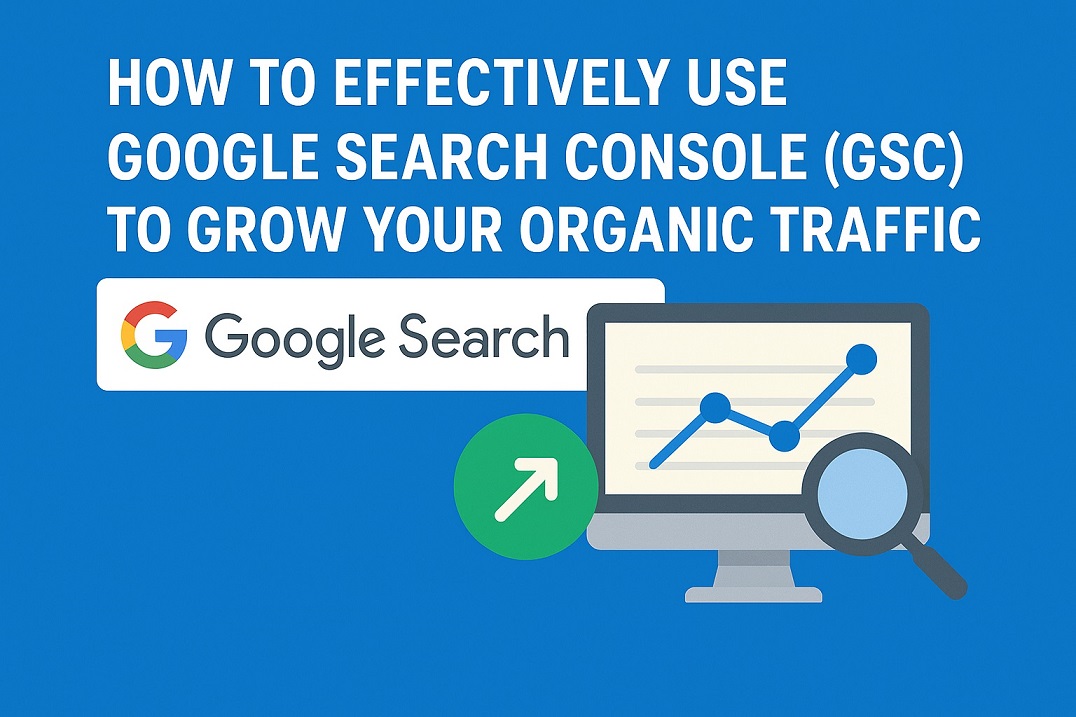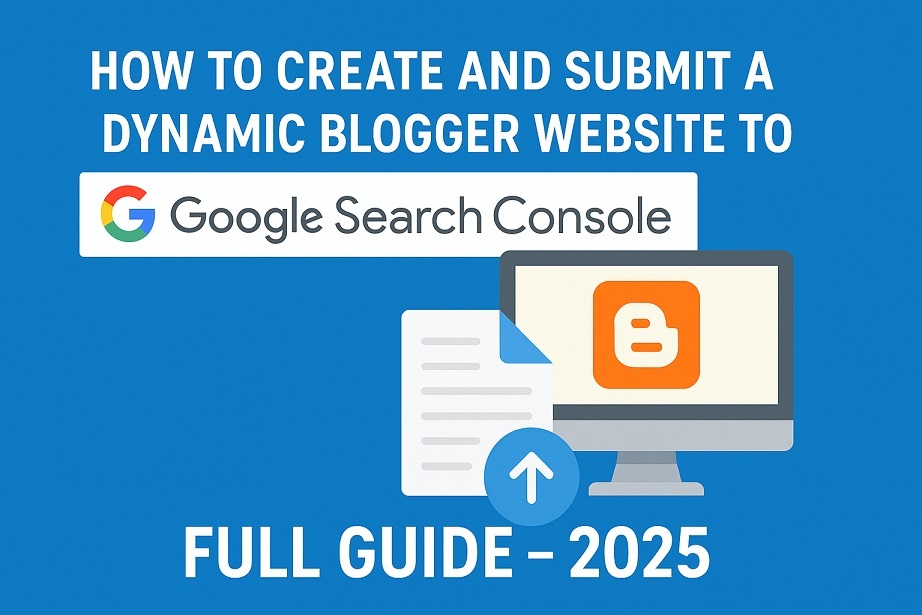How to Diagnose and Fix Performance Issues on Your Blogger Website to Achieve 100% Score
Future of Tech & Web Dev Tips
How to Diagnose and Fix Performance Issues on Your Blogger Website to Achieve 100% Score
Introduction:
Website performance is crucial for user engagement, SEO ranking, and overall success. Slow websites increase bounce rates, decrease user satisfaction, and harm search engine visibility. In this blog post, we’ll explore how to diagnose performance issues and achieve a 100% PageSpeed score on your Blogger website without using third-party plugins. Additionally, we will compare Blogger, WordPress, and Laravel to help you choose the best platform for your needs.
1. Why Website Performance Matters?
Before diving into performance improvements, it's crucial to understand why page speed matters:
-
User Experience: Fast-loading pages keep visitors engaged. If your website is slow, they will likely leave before it even fully loads.
-
SEO Ranking: Google uses page speed as one of the ranking factors. Faster websites rank better.
-
Conversion Rate: A quick-loading site enhances conversion rates, whether that’s for purchases, sign-ups, or comments.
2. Tools to Diagnose Page Load Performance
You can use various tools to test the performance of your Blogger website. Here are a few popular ones:
| Tool | Description | Best For |
|---|---|---|
| Google PageSpeed Insights | Provides mobile and desktop scores with recommendations. | Overall performance and specific suggestions. |
| GTmetrix | Offers detailed insights into page load time, size, and optimization tips. | In-depth waterfall analysis and load time breakdown. |
| Pingdom | Tests website speed from different locations around the world. | Global website performance and uptime tracking. |
| WebPageTest | Provides performance metrics along with a waterfall view. | In-depth analysis of page elements' loading behavior. |
3. Common Performance Issues on Blogger Websites
Here are some common performance issues found on Blogger websites:
a. Large Image Files
Images, especially large ones, tend to increase page load time drastically.
Solution: Compress and optimize your images using tools like TinyPNG and ImageOptim. Upload images in the WebP format, which is lighter and faster compared to traditional formats like JPEG or PNG.
b. External Scripts and Resources
Third-party scripts like ads, analytics, and widgets can slow your website down.
Solution: Avoid heavy third-party scripts where possible. Load critical scripts asynchronously or defer them. Minimize the use of third-party tools.
c. Bloated JavaScript and CSS
Unoptimized or excessive JavaScript and CSS files can cause delays in rendering.
Solution: Minify your JavaScript and CSS. Use tools like Terser for JavaScript and CSSMinifier to reduce file sizes.
d. Unnecessary Widgets and Plugins
Blogger templates often come with unnecessary widgets or plugins that add extra HTTP requests and can slow down performance.
Solution: Audit your widgets and plugins regularly. Remove or disable any that are not essential.
4. How to Achieve 100% Score Without Third-Party Plugins?
Achieving a 100% score on Google PageSpeed Insights without relying on third-party plugins is entirely possible if you follow best practices. Here’s how:
a. Image Optimization
-
Compress images before uploading them to Blogger.
-
Use modern formats like WebP for faster load times.
-
Implement Lazy Loading for images (images will only load when they enter the viewport).
b. Minimize HTTP Requests
-
Combine multiple CSS and JavaScript files into a single file wherever possible.
-
Avoid excessive external resources like fonts and third-party APIs.
-
Enable CSS sprites for images.
c. Leverage Browser Caching
-
Modify your Blogger template to leverage browser caching for static resources like images, CSS, and JavaScript. This reduces load times for returning visitors.
d. Use Asynchronous Loading for JavaScript
JavaScript can block page rendering. By using the async or defer attributes, you can ensure that non-essential JavaScript loads after the page content is ready.
Example:
<script src="your-script.js" async></script>
e. Enable Gzip Compression
While Blogger doesn’t directly support Gzip compression, you can enable it through the Blogger template by adding custom code to enable compression for text-based resources (HTML, CSS, JavaScript).
<meta http-equiv="Content-Encoding" content="gzip">
f. Clean and Simplify the Template
Keep your Blogger template simple by removing unnecessary HTML tags, widgets, and scripts. An optimized, minimal design results in faster loading.
5. Blogger vs. WordPress vs. Laravel Performance Comparison
When it comes to performance, choosing the right platform is essential for building a fast-loading website. Let’s compare Blogger, WordPress, and Laravel in terms of performance.
| Platform | Performance | Customization | Use Case | Ease of Use |
|---|---|---|---|---|
| Blogger | Typically fast out-of-the-box. Performance can degrade with unnecessary widgets or third-party scripts. | Limited customization, but still flexible with templates. | Ideal for blogs, personal websites, and small business sites. | Very easy for beginners. |
| WordPress | Can be slow due to plugins and heavy themes, but optimization is possible. | Highly customizable with plugins and themes. | Best for content-heavy sites like blogs and e-commerce. | Requires more management. |
| Laravel | High performance with proper coding practices. Requires manual optimization for large-scale projects. | Full flexibility for custom-built web apps. | Best for web apps, custom CMS, and dynamic websites. | Requires coding knowledge. |
Key Takeaways:
-
Blogger is perfect for simple, content-focused websites and provides great speed with minimal maintenance.
-
WordPress offers more flexibility but requires extra work to maintain good performance.
-
Laravel is best for developers building custom applications with full control over optimization and performance.
6. Best Practices to Improve Performance on Blogger
-
Limit the Use of Widgets: Avoid using too many widgets or external resources that require additional HTTP requests.
-
Optimize Your Template: Choose a lightweight template and customize it to remove any unnecessary elements.
-
Monitor Performance Regularly: Use tools like Google PageSpeed Insights and GTmetrix to keep track of performance over time.
7. FAQs – Common Questions about Blogger Performance Optimization
Q1: Can I improve the performance of my Blogger website without using third-party plugins?
A1: Yes, you can achieve great performance by following best practices such as optimizing images, minifying CSS and JavaScript, leveraging browser caching, and simplifying your template.
Q2: How do I enable lazy loading on my Blogger website?
A2: You can enable lazy loading by adding the loading="lazy" attribute to your image tags. This ensures that images only load when they are about to enter the user's viewport.
Example:
<img src="image.jpg" loading="lazy" alt="Lazy Loaded Image">
Q3: How do I check if my website has a good PageSpeed score?
A3: You can use tools like Google PageSpeed Insights or GTmetrix to check your website's performance. These tools will provide a detailed score and suggest areas for improvement.
Q4: What are some advanced optimizations I can make to improve Blogger's performance?
A4: You can look into advanced optimizations like:
-
Implementing content delivery networks (CDNs) to serve static files.
-
Compressing text-based resources (HTML, CSS, JS) with Gzip or Brotli.
-
Optimizing third-party scripts by deferring non-essential JavaScript or using async loading.
8. Conclusion
Optimizing the performance of your Blogger website doesn’t require third-party plugins. By following the best practices mentioned in this blog, you can significantly improve page speed and achieve a 100% score on Google PageSpeed Insights. Whether you're using Blogger, WordPress, or Laravel, each platform has its strengths when it comes to performance—Blogger stands out for its simplicity and ease of use, while WordPress offers more flexibility but requires more attention to performance, and Laravel excels for custom web applications with manual optimization.
By focusing on optimization techniques like image compression, code minification, and template simplification, you can enhance your site's user experience and SEO performance, leading to higher engagement and better rankings.
Call to Action:
If you found this blog helpful, don’t forget to subscribe for more tips on optimizing your Blogger website. Share your experience in the comments, and feel free to ask any questions you might have about website performance!
📞 So Why Wait Any Longer?
If you want your website and app to both rank at the top on Google and provide a superior user experience, contact us today.
👉 Contact Hike Web Infotech — Where Web Development, SEO, and Mobile App Development Come Together!
📞 +919610961001 (hikewebsolutions@gmail.com)
Get in Touch:
By partnering with Hike Web Infotech, you can make your website and app fully SEO-optimized, fast, and Google-friendly. Our live proof, case studies, and 100-second page speed insights will show you the real results of our work.
AI-Driven FAQs:
1. Which platform is better for SEO, Laravel or WordPress?
-
Laravel has custom SEO engines and faster site speed, while WordPress relies on plugins for SEO. Laravel allows for more effective custom SEO tools and optimization.
2. How can AI improve my website's SEO?
-
AI tools help automate content optimization, keyword research, and site performance. AI also generates SEO-friendly meta tags, descriptions, and content recommendations.
3. Is there a difference between mobile speed score and desktop speed?
-
Yes, mobile speed scores and desktop speed can differ. We achieved a 98/100 score on mobile and 100/100 on desktop speed, which significantly boosts SEO performance.
🔗 Related Posts You May Like:
👉 🌟 10 Proven Ways to Get Free Organic Traffic from Google Search - From Beginner to Pro
👉 🥊 Pro Tips for Bloggers to Skyrocket Organic Traffic ( Free Strategies) - Read More.....
👉 🥊 UFC 314: Alex Volkanovski vs Diego Lopes – Featherweight Title Clash Preview (April 12, 2025)
👉 🌟 Top 10 Instagram-Worthy Spots on Yash Island – Must-Visit Locations for Stunning Photos! 📸✨
👉 Top Tech Careers in 2025: Your Guide to the Best Job Opportunities in Technology
👉 How to Increase Your Mobile Data Speed (Simple & AI-Powered Tips)
👉 🎶 How to Get Free Music for YouTube Videos: Your Ultimate Guide to Royalty-Free Tracks 🎥
👉 IPL 2025 Full Schedule & Match Fixtures – Get the complete list of IPL 2025 match dates, venues, and teams. 📅🏏
👉 Top 5 Players to Watch in IPL 2025 – Discover the key players who are expected to shine this season. ⭐🔥
👉 IPL 2025 Points Table – Live Standings & Team Rankings – Stay updated with the latest team standings and rankings. 📊📈



















Leave Message